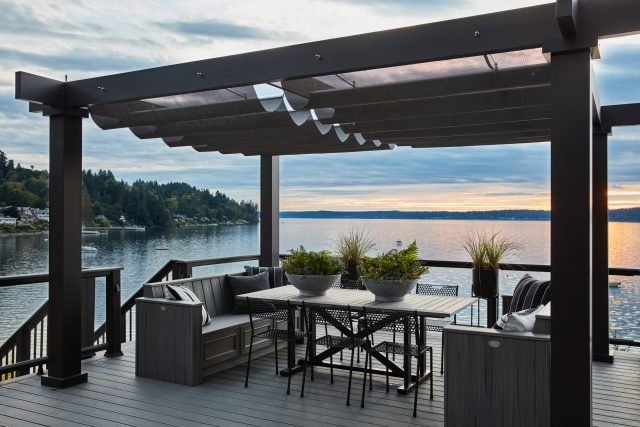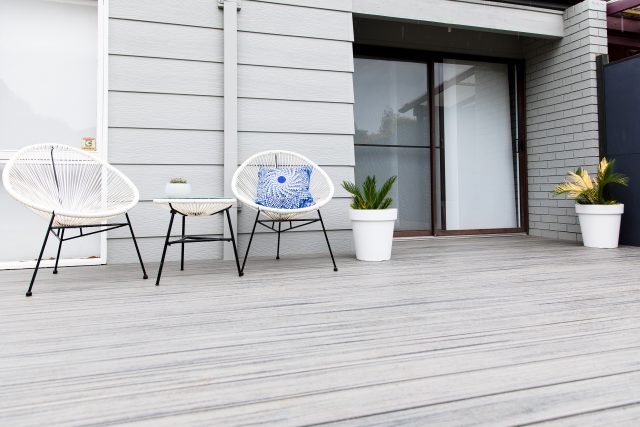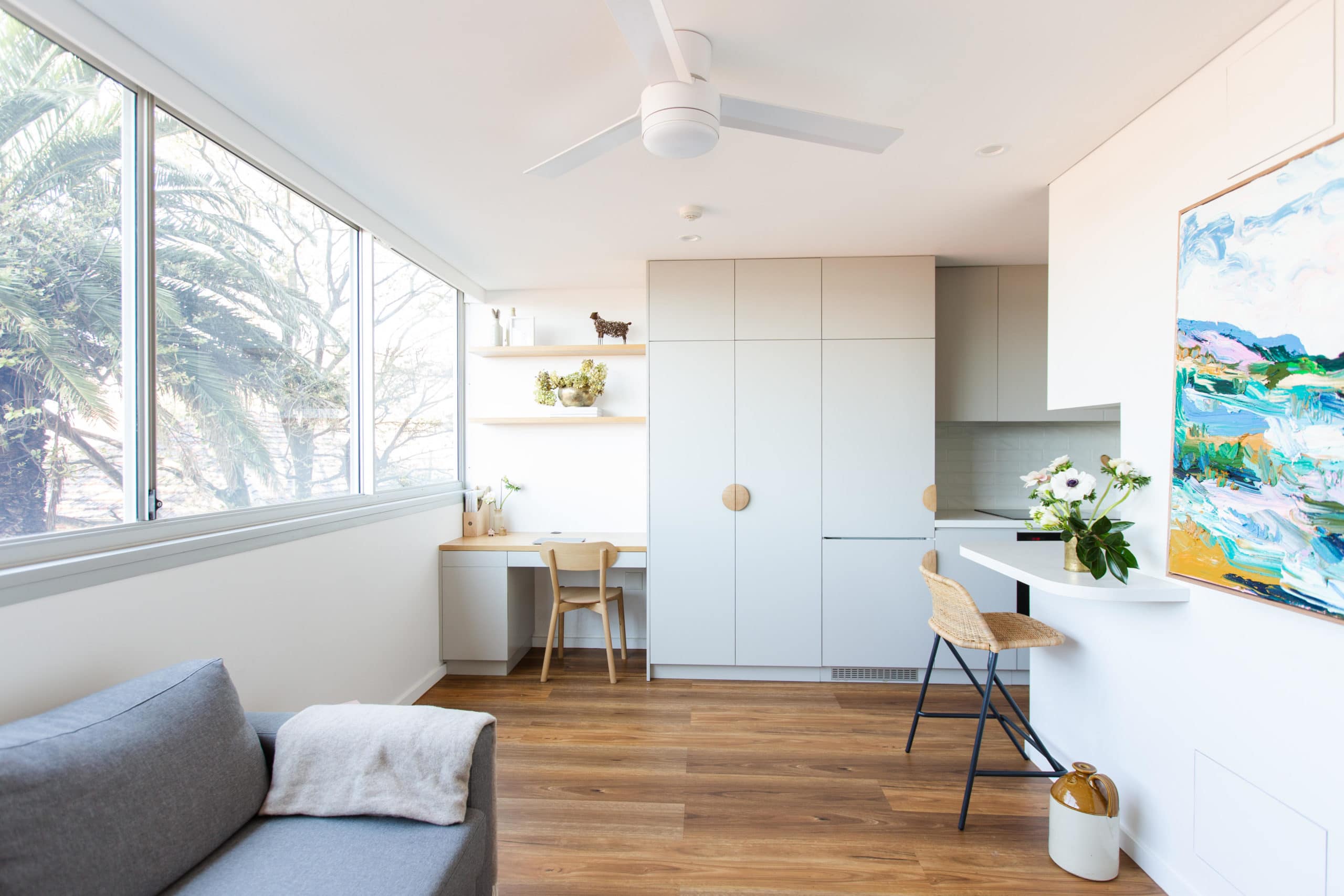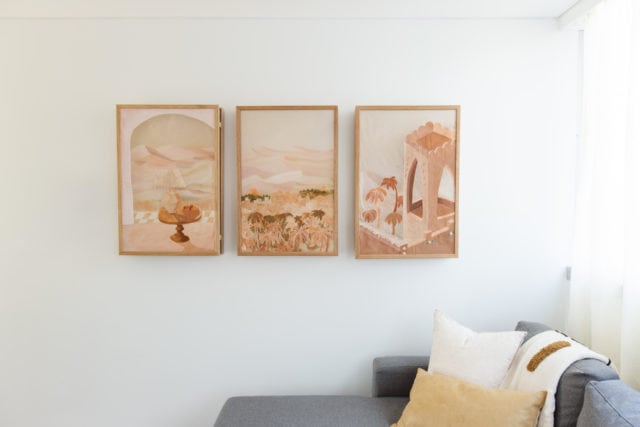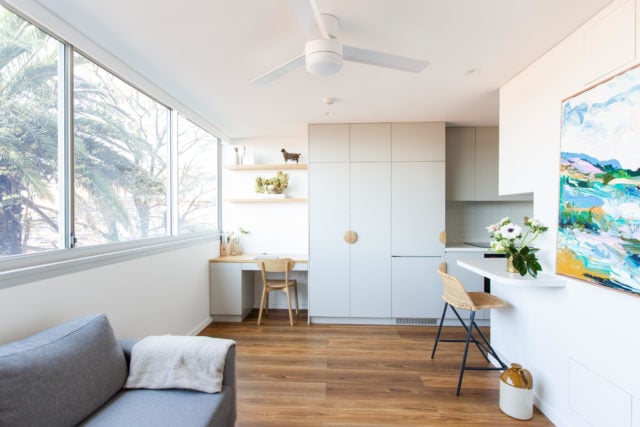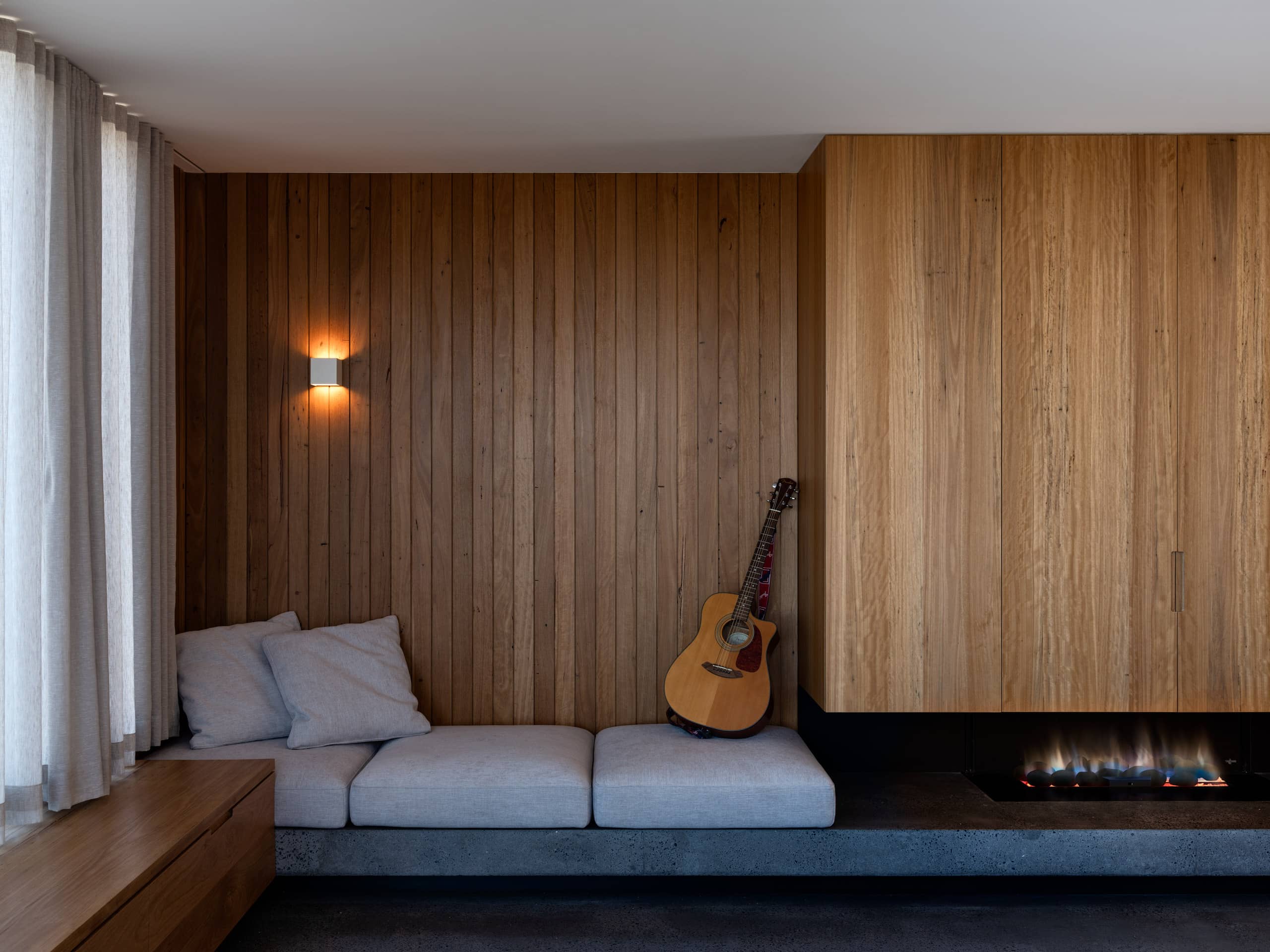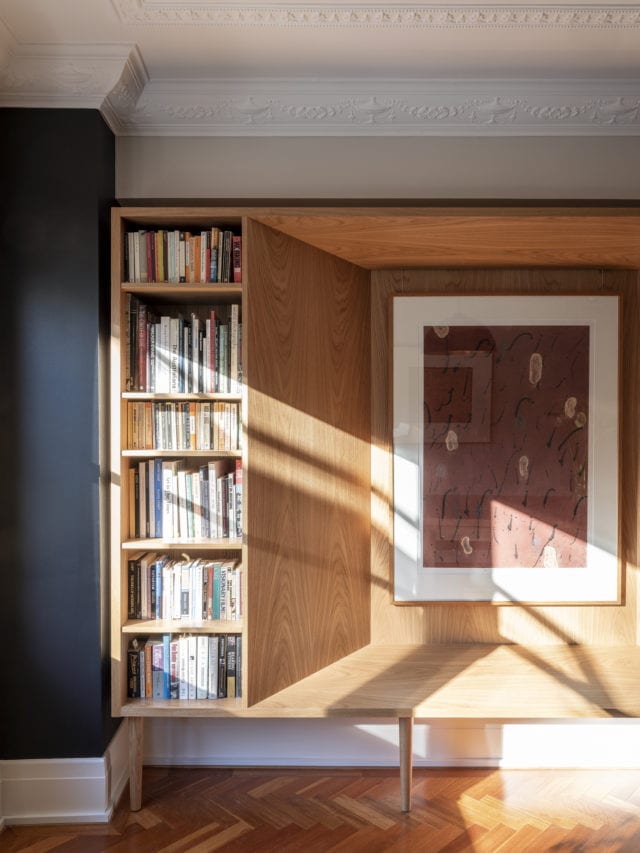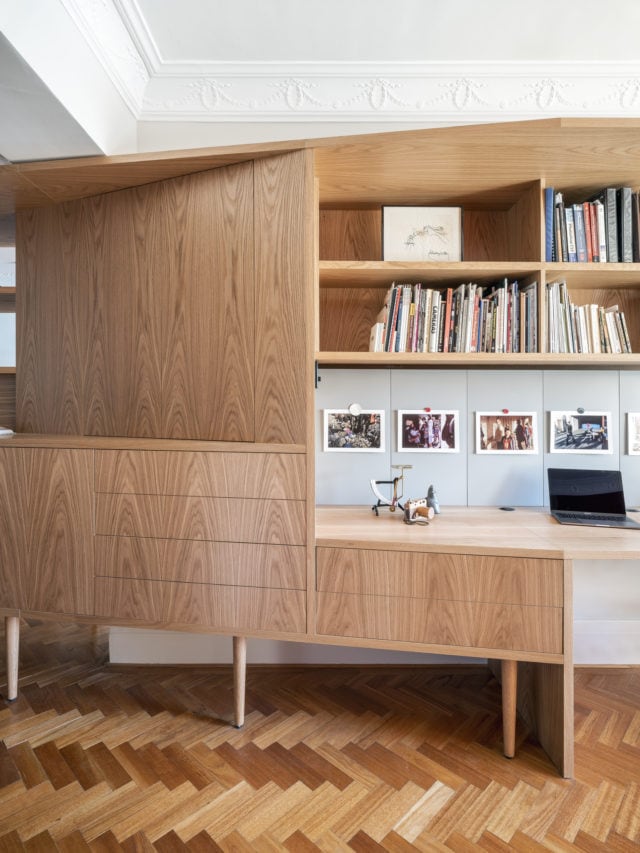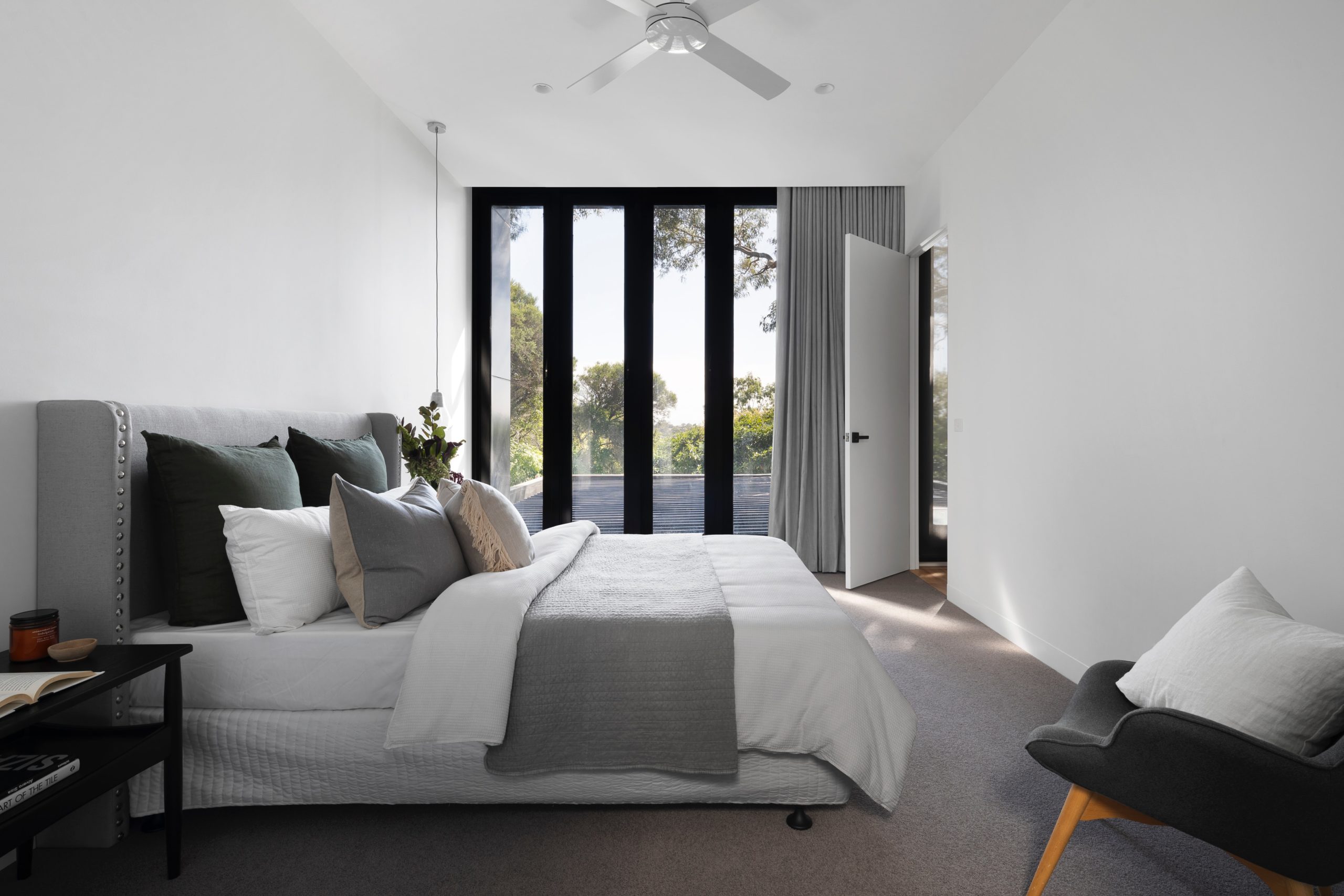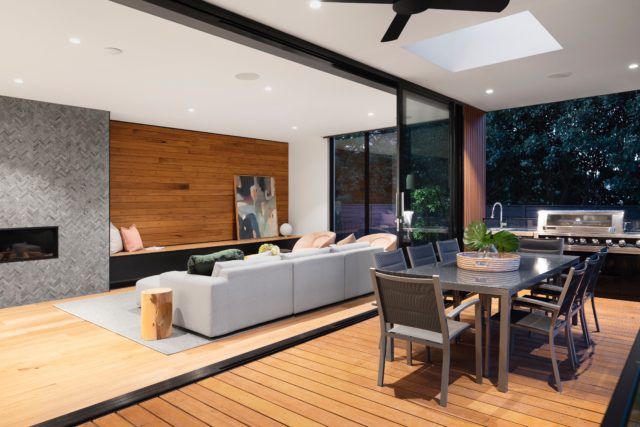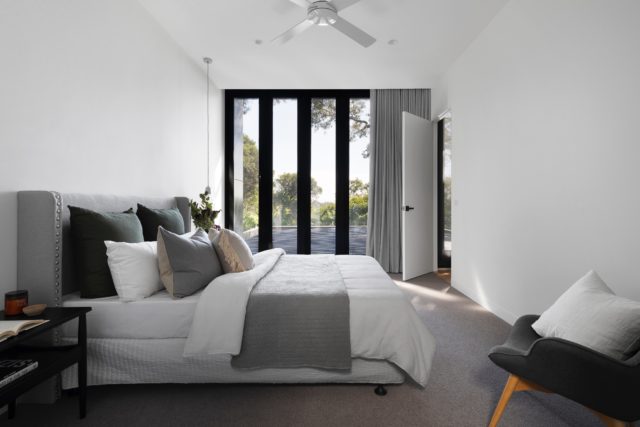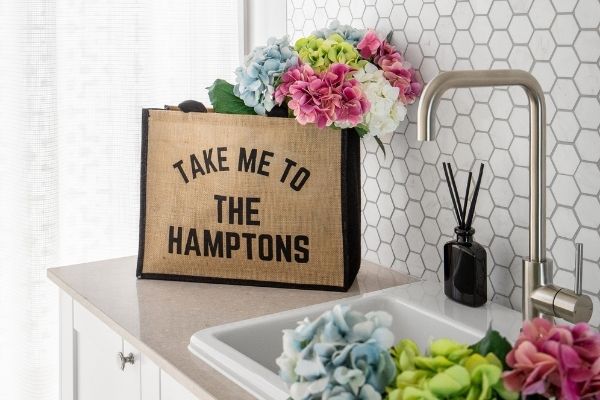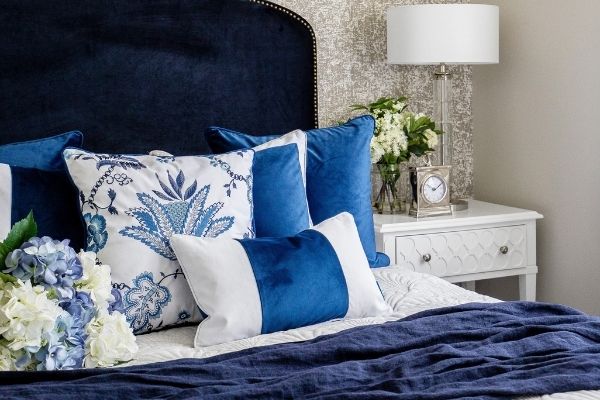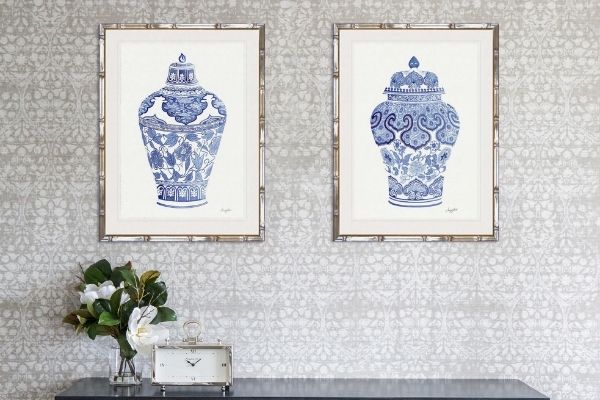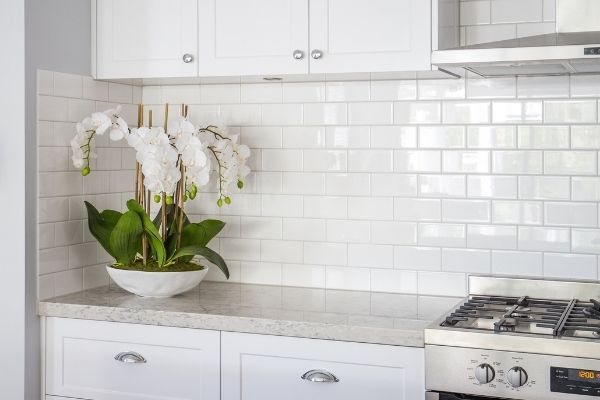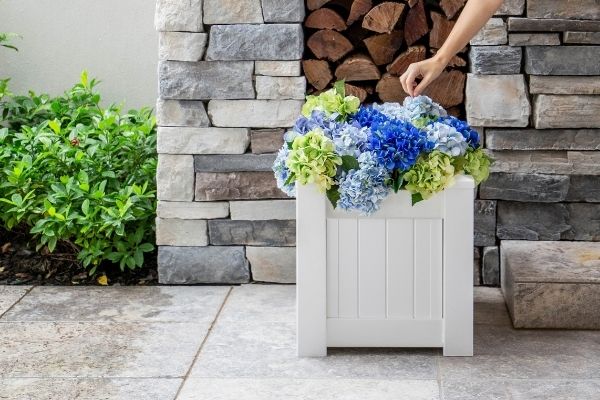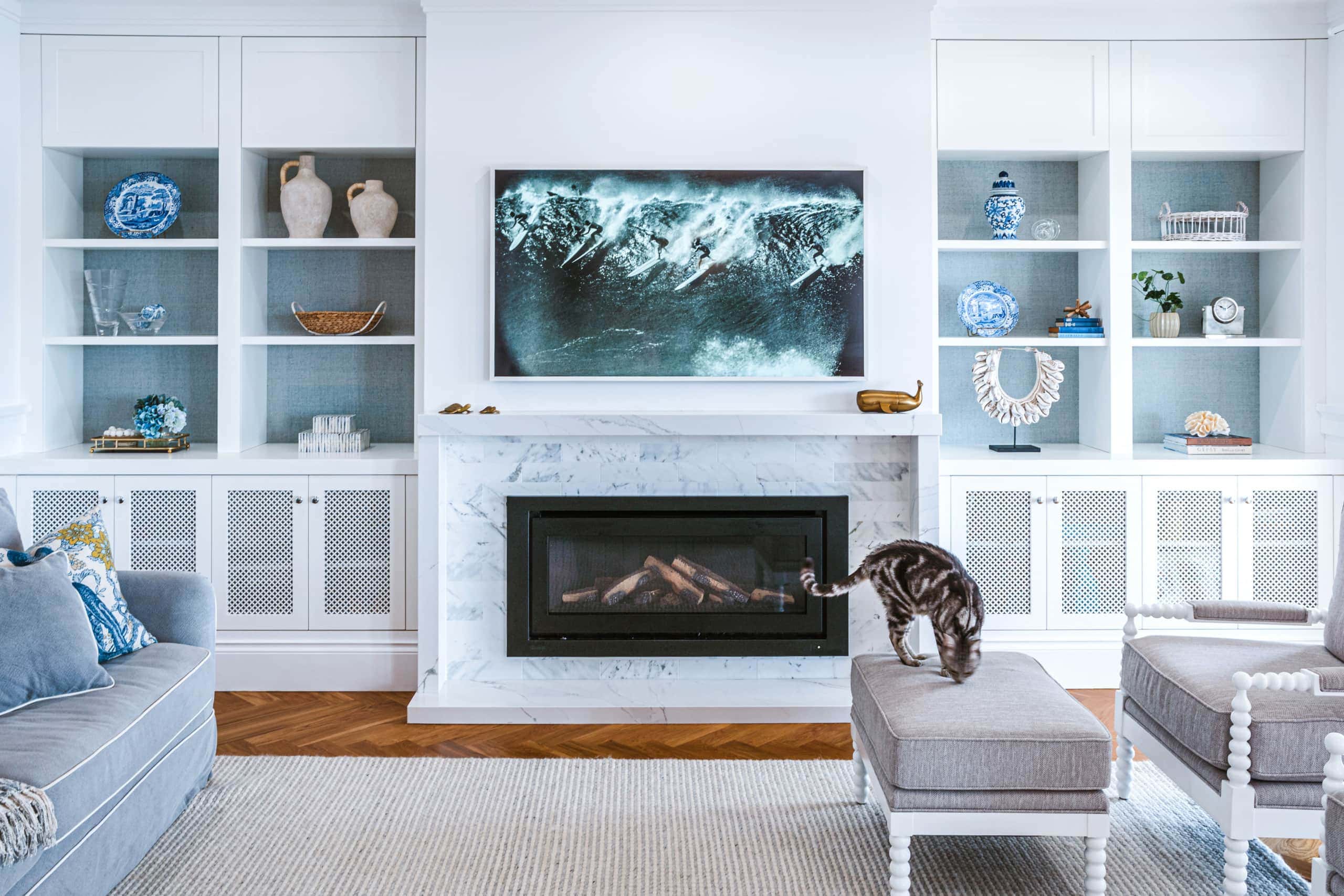By Ozge Fettahlioglu
Home renovations aren’t usually a topic of conversation during NSW Mental Health Month (October), but they should be! Whether you’re celebrating your first home purchase or have lived in your new place for years, home renovations can cause stress and anxiety for some people. It’s important to remember that you’re not alone.

A few years ago, I was so happy! Everything was so good in my life. We were so close to selling the start-up we had shares in, and we knew this was a once-in-a-lifetime opportunity. As an immigrant, I wanted a family home so badly and we bought a renovators’ delight in a suburb I love. It was in really bad condition but we thought we will have money soon to throw on a good reno. A family home is not just a home for an immigrant, it is a tick that you are doing fine in your new country and your kids will be fine in the future.
It all fell apart when the start-up sale did not go through. We ended up with a massive mortgage and an unliveable house. We found ourselves raising two young kids, getting five-to-six extra contractor jobs, and doing renovations by ourselves during the weekends.
I was really stressed during the renovations but I enjoyed seeing the project through and I gained a sense of satisfaction from that. So I kept on renovating. This is how I deal with stress of home renovations now.
Be prepared for the stress of renovations to hurt your relationships
When renovating a home, it is important to be aware of how your partner or family members feel about the renovations. You might get caught up in the excitement and forget that they’re going through a big change too. If you can renovate a house and are still in a relationship, I guarantee you will age together. My husband and I have our own roles in home renovations. He looks after anything electrical, the functional side of things and things that need some more muscle. He couldn’t care less about design, so the rest is on me. Sharing the tasks helped us become closer.
Tackle the big things first and foremost
Focus on the big-ticket items that require time, money and planning to complete successfully. These are kitchens and bathrooms. As you design each room, keep in mind that smaller details will fall into place once the bigger picture has been established.
Break down the work into manageable parts.
Breaking down the work into manageable parts is key to keeping your sanity during a renovation. I break down renovation projects into three manageable parts as architects would do. Design the renovation, purchase everything you will need and find a builder and ask them to install them according to your design.
Get regular down time
Getting down time is important because it helps prevent burnout, which can lead to expensive mistakes and poor quality work. It is not a natural instinct to go for a date night when all rooms are covered with 5cm of dust but it is achievable with careful planning. I have now learned to get in many during my renovations!
Shop in advance
The design stage is exciting and fun. When you start shopping, the biggest concern is usually the budget. Take your time to search for the best products for a better price. This is a job itself with all the supply shortages and logistics issues the world is going through. It will take the same time if you do it while construction is going on except you are more likely to purchase the wrong materials, delay construction and live in dust longer because of waiting times and pay more than you should. The build stage will take a shorter time when all your shopping is done. Builders can see and touch the materials, and the design is ready.
Get creative and make compromises
This always has been the hardest for me. I get attached and it’s hard to give up on my dream design, which is usually not the design but the lifestyle that comes with it! I ended up compromising too much because of financial reasons during this renovation and I did not like it! So now I am sorting these issues at the design stage so it does not come as a surprise or a shock!
Make compromises in your lifestyle to get things done faster. If I clean every day, the renovation will take a year longer. Your kids won’t die if they eat leftovers two days in a row, and it is ok if you don’t call your friends for a few months.
Create realistic expectations for yourself
You are just one person, you cannot do it all by yourself! Be kind to yourself and don’t try to do everything at once, or else you’ll end up exhausted and overwhelmed.
Ask for help. No matter how capable and confident you may be, there are probably people who will lend their assistance if asked—and believe me when I tell you that asking for help does not make one any less capable or confident than before! It also frees up time so that other projects can get done sooner rather than later.
Finally, don’t be afraid to say no to things you don’t have time for or things that aren’t important enough in the grand scheme of things.
Create a relaxing space in your home
Creating a relaxing space in your home can help take the stress out of renovations. A comfortable and quiet area to sit in will make you feel better, which will in turn make it easier to focus on the task at hand. Styling this space helps me to motivate myself to finish the renovation.
Focus on what you can control to defuse stress
You cannot control your builder’s constantly broken car; you cannot control the world supply issues or the material shortage problems but the good news is that there are plenty more things we can control! You can control yourself! Manage your stress levels, find the activities and behaviors that help you best deal with stress, meditate and it is easier to eat healthy when you do not have a kitchen: one day salad and fish, next day salad and chicken…
Conclusion
If you’ve read all the information we’ve shared here, you have a good understanding of how to reduce the stress of home renovations. The first thing you need to do is accept that making renovations can be hard. Once you finish your renovations, this house will bring you joy. You are not only renovating your home; you are creating a life for yourself and your family. Neuroscience shows that our surrounding physical space influences our social relations, focus, creativity and memory. You do your best for your home and it will do its best for you.
-After her traumatic first renovation experience, Ozge Fettahlioglu decided to start hassle-free renovation company Boxareno. At Boxareno, she tries to give her clients their Pinterest dreams at a more reasonable cost. “No-one should settle for mediocre renovation results. We source all reno materials and furnishings through partnerships, or manufacture and design by ourselves to reduce the cost and increase the quality.”

Why biophilic design is increasingly important right now


































